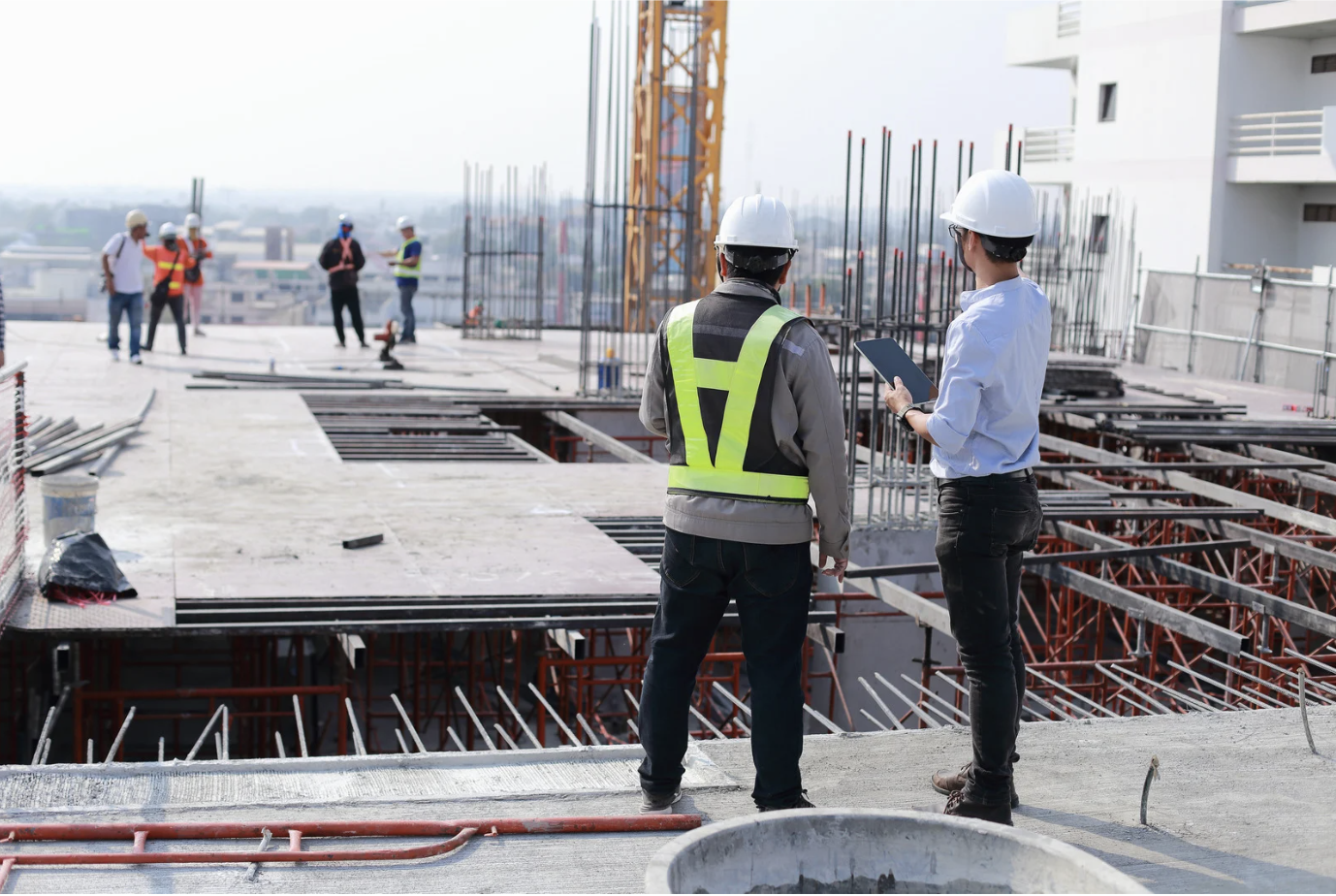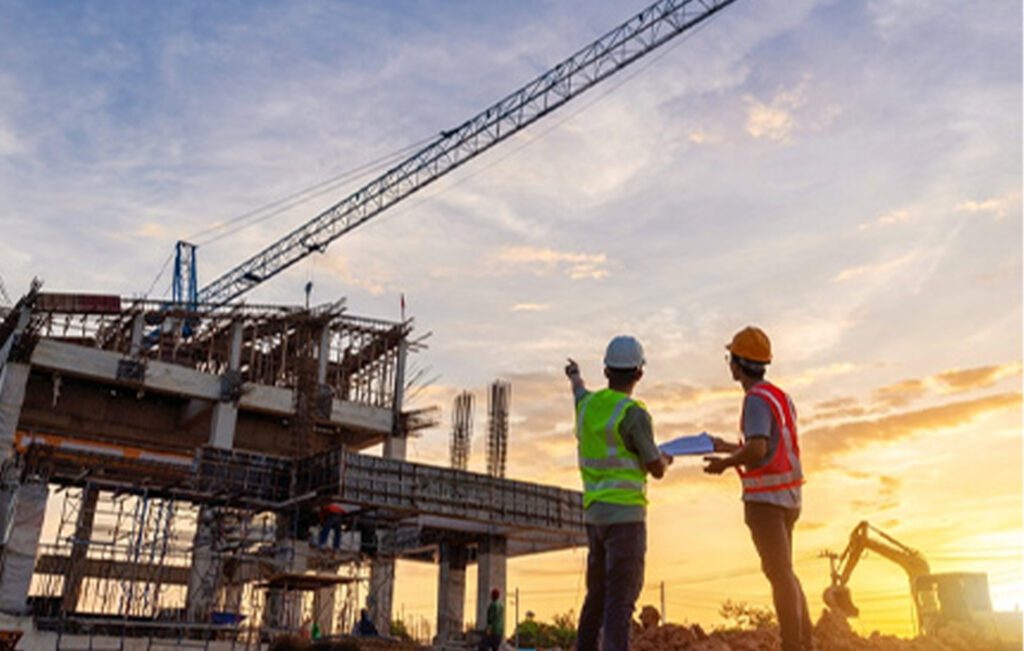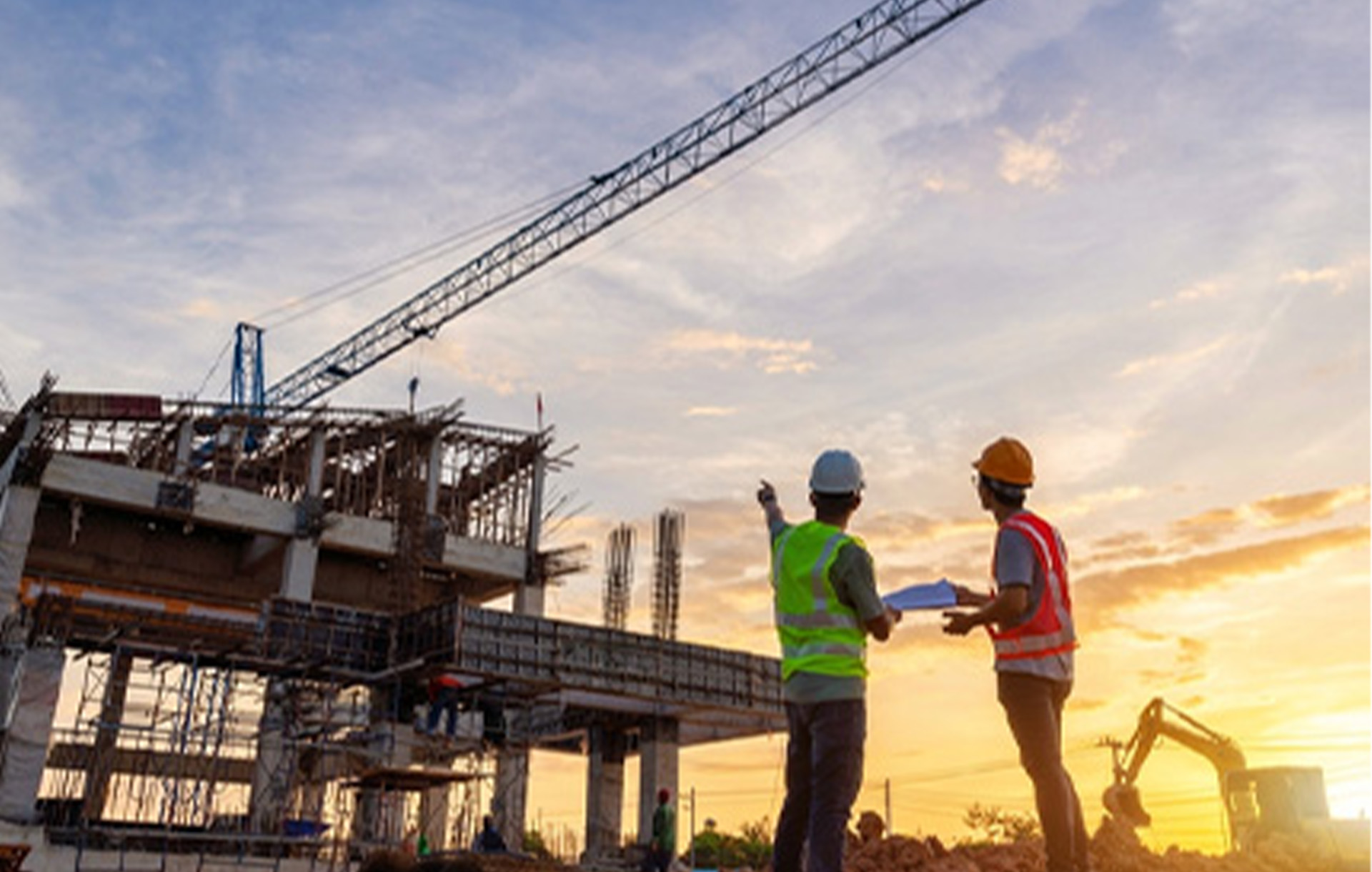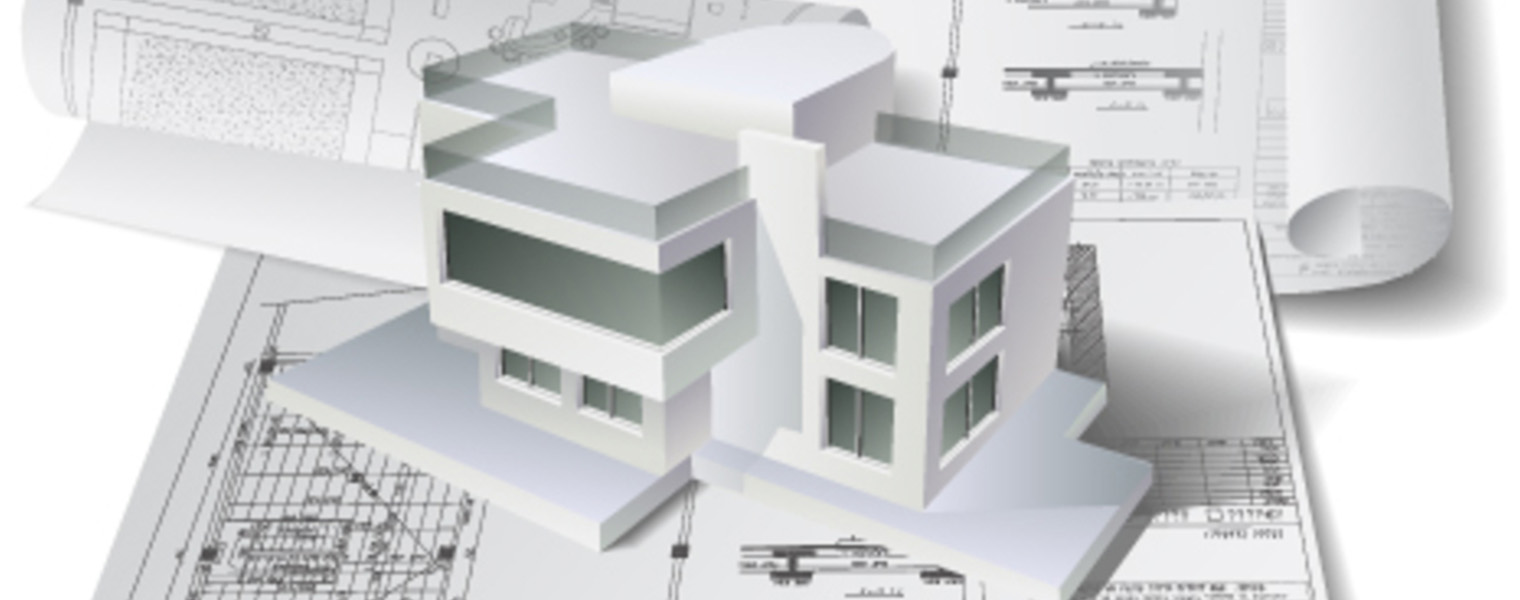Construction sites are dynamic environments where safety is paramount. With the advent of technology, construction industry professionals have access to innovative tools and solutions that significantly enhance safety measures.
From advanced monitoring systems to wearable devices, technology plays a crucial role in ensuring a safe working environment for everyone involved in construction projects.
Let’s delve into the importance of technology in construction site safety and explore some key advancements shaping the industry.
Real-Time Monitoring Systems
One of the most significant advancements in construction site safety is the implementation of real-time monitoring systems. These systems use sensors and cameras to track various aspects of a construction site, including worker movements, equipment operation, and environmental conditions. By providing real-time data and alerts, these monitoring systems enable quick response to potential hazards, helping to prevent accidents and injuries.
Wearable Technology for Workers
Wearable technology has revolutionized safety for construction workers. Devices such as smart helmets, safety vests with embedded sensors, and GPS-enabled trackers enhance worker safety by monitoring vital signs, detecting falls, and providing location-based safety alerts. These technologies not only improve individual safety but also enable better coordination and communication among team members on-site.
Drones for Site Inspection and Surveillance
Drones have become indispensable tools for construction site safety. They are used for aerial surveys, site inspections, and surveillance, providing a comprehensive view of the construction site from above. Drones equipped with cameras and sensors can identify potential safety hazards, monitor progress, and ensure compliance with safety regulations. They also reduce the need for manual inspections in hazardous or hard-to-reach areas, minimizing risk for workers.
Building Information Modeling (BIM) for Safety Planning
Building Information Modeling (BIM) is another technological advancement that contributes to construction site safety. BIM software allows for the creation of detailed 3D models of buildings and infrastructure projects, which can be used for safety planning and simulations. Safety hazards can be identified and addressed virtually before construction begins, optimizing safety measures and reducing on-site risks.
Communication and Collaboration Platforms
Effective communication and collaboration are essential for maintaining safety on construction sites. Technology-based platforms such as project management software, mobile apps, and wearable communication devices facilitate real-time communication among workers, supervisors, and safety personnel. These platforms enable quick reporting of safety concerns, coordination of safety protocols, and timely response to emergencies.
Training and Education through Virtual Reality (VR)
Virtual Reality (VR) technology is being used to enhance safety training and education in the construction industry. VR simulations allow workers to experience and respond to various safety scenarios in a controlled virtual environment. This immersive training helps improve hazard awareness, emergency response skills, and adherence to safety protocols, ultimately reducing accidents and injuries on construction sites.
Conclusion: The integration of technology into construction site safety practices has significantly improved risk management, hazard prevention, and emergency response capabilities. As technology continues to advance, the construction industry must embrace these innovations to create safer working environments and protect the well-being of workers and stakeholders. By prioritizing safety and leveraging technological solutions, construction projects can achieve greater efficiency, productivity, and success while ensuring the health and safety of everyone involved.








